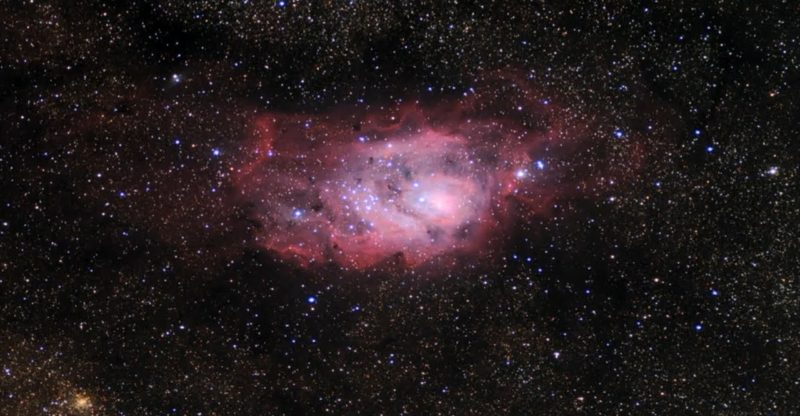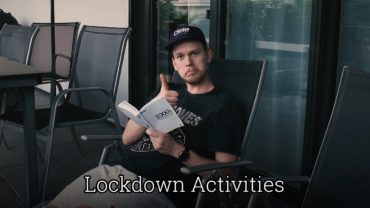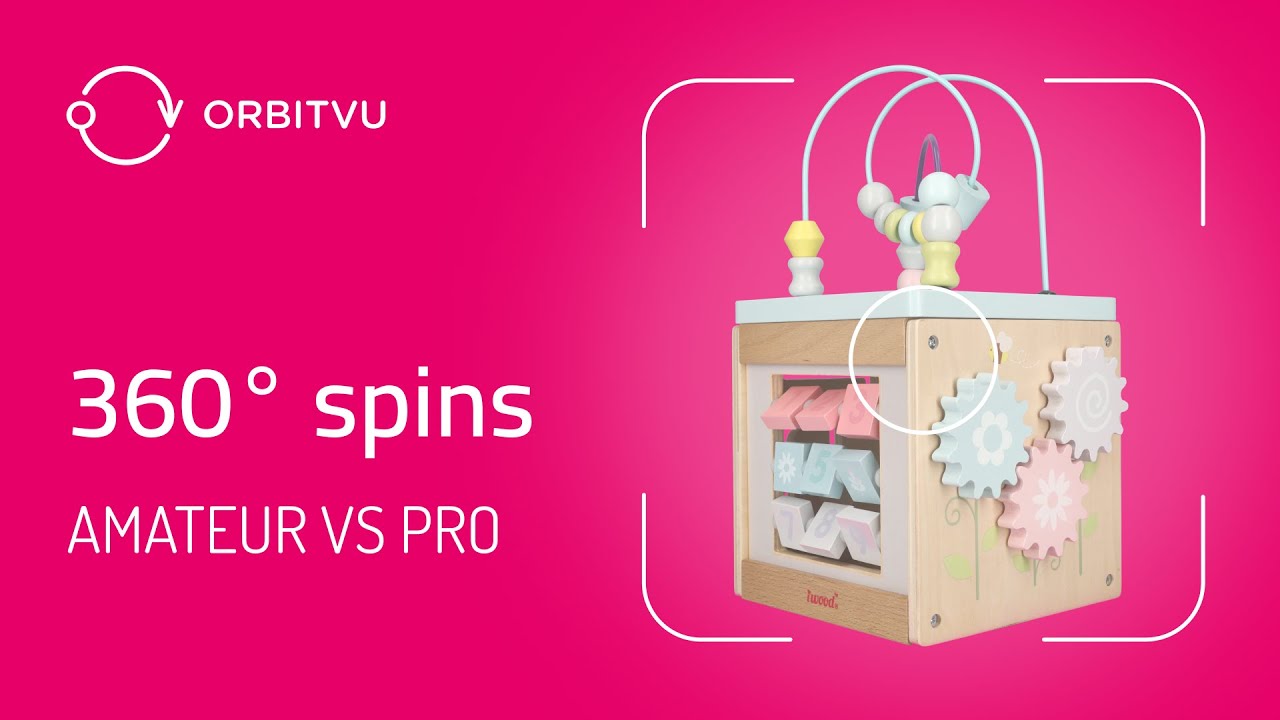Amateur astronomers and the art of astrophotography | Iowa Outdoors
But first, we'll head to one of the darkest
regions of our state at Whiterock Conservancy near Coon Rapids. Amateur astronomers from across Iowa and neighboring
states gather each year for the Iowa Star Party. It's a weekend full of stargazing, astrophotography
and conversation at the legendary Garst Farm. And for one night a chance to share an interstellar
hobby with curious guests. It's a hot, late summer afternoon and amateur
astronomers are setting up their telescopes in an empty pasture known as the Star Field
at Whiterock Conservancy. The skies are clear and there's a long night
of good stargazing ahead. Jim Bosner: Tonight we'll be able to probably
look at Saturn for a little while before it gets behind the trees. And you just love that moment of oh wow, you
can see the rings. You hear that over and over. You never get tired of hearing that. The first time you see Saturn is a memorable
experience with everybody. For many of the participants, observing the
universe is a hobby and a passion.
It's a treasure hunt in the sky. Bosner: Lots of different things you can do. Some just like to look, some like to take
notes, some like to take pictures. It's a wide, wide gamut. The telescopes range from small to large,
simple to complex, homemade and reasonably priced to very expensive. Some are ideal for looking at stars and planets. Others are designed for viewing galaxies and
nebula. For beginners, you can even get started with
a pair of binoculars. The light bounces off the big mirror and it
comes up to the secondary mirror. One night each year the public is invited
to the Iowa Star Party. People young and old get a basic lesson in
astronomy 101 and learn how to use a star chart. Then, once it gets dark, they have the chance
to walk around the star field, look through the many different telescopes and explore
the wonders of the skies in new ways. The amateur astronomers are on hand to help
guide the viewing and answer any questions. We're actually looking at light that left
there about 40 minutes ago. It's over a billion miles away right now.
And, you know when it gets darker there are
some beautiful, deep sky, some clusters and galaxies we would love to show you. Whiterock Conservancy is an ideal location
because there is very little light pollution from nearby towns or cities. A darker sky means better viewing. Astronomers can see things here that they
could never see from their own back yard in a city. Dave Venne: So many people now live in places
where you can't even see the sky. And it's not a big tragedy compared to other
things that are happening in the world but it is a loss of beauty and that's a shame. You see it? Isn't that something? Now, look to the left of the ring about four
or five diameters from the ring, you'll see a faint speck of light. That is its largest moon, Titan, which is
bigger than our moon actually. There could be up to a million stars in that
ball. They're all swarming around each other like
a hive of bees just spinning around. Craig Jones: You see the different galaxies
way off in the distance and you just can't imagine, you know, you don't know if there's
life out there or what's going on out there.
But it's kind of neat to see the distant galaxies. That little telescope you're going to be able
to look through to find Polaris. That's cool. Venne: It's the beauty of the sky. I've always loved it since I was a kid. I've gone through the visual observing, I've
had a number of telescopes. I just love to look at the sky and the things
in the sky. And now I have moved on to a new phase of
it, imaging. It's expensive, it's frustrating but when
it works it's so much fun, I love it. Astrophotography, the art of photographing
the skies, is growing in popularity. Amateur astronomers spend hours and hours
capturing still images that wow with beauty, grandeur and artistry. Lynn Reihman: I actually got into astronomy
and astronomy got me into photography. I saw all the great images and said, wow,
I want to do that.

So I do more of the wide field stuff where
I'll actually have my camera with the regular lens just piggybacking on the telescope. A lot of the other guys do what is called
prime focus where they'll have the camera hooked onto where the eye piece normally goes
and you're using the telescope itself as the lens. Bosner: There's a lot of different ways to
do it but what I usually do is I use a digital DSLR Canon 450D. I've advanced a little, that's why there's
two scopes here. Normally I have my guide scope on this side
and this one tracks the stars, it's got a camera that goes to the computer and there's
software that can lock onto a star and make sure if that star starts to drift in any direction
it will send commands to the mount and tell the mount to compensate for that and keep
the stars centered. Meanwhile the digital camera is here taking
the pictures.
Usually I take five or ten minute sub-images
and then at the end of a couple hours of that I'll take all those images and then in software
I can add them together. With a good eye and the right technique, the
stunning work of amateur astrophotographers rivals what some professionals produce, from
the sun to other stars and star clusters, plants like Saturn and Jupiter and even galaxies. (music) The experience is eye-opening and awe-inspiring. A new group of budding amateur astronomers
is hooked by the curiosity of what is out thee in the universe. Jones: Everybody has a little bit different
story to tell about what their interest is and it's kind of neat seeing that. I like how it looks so different on Earth
and it looks really different when you're looking through a telescope in space. Something that I think everybody should experience
just once because it is huge out there and we have to look beyond just us.
There are several amateur astronomy clubs
and associations all across Iowa. Some have their own observatories and many
of them host regular public viewing opportunities. If you're interested in stargazing it's a
good way to get involved and continue learning. Bosner: The best thing you can have is a beginning
astronomer as a friend..













